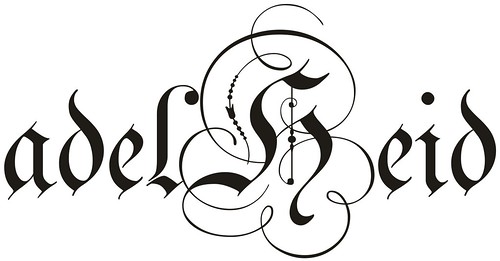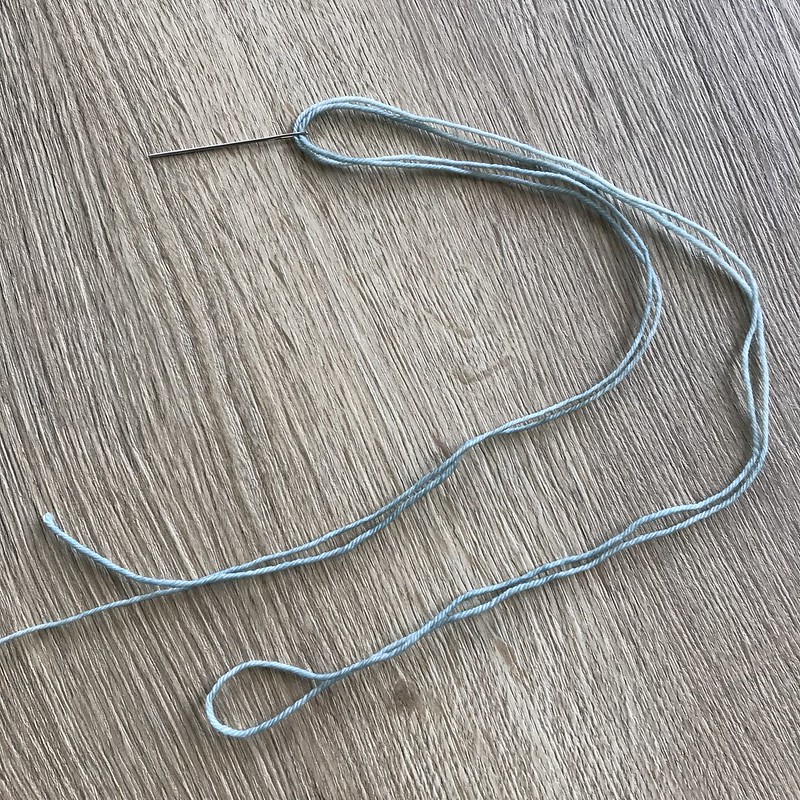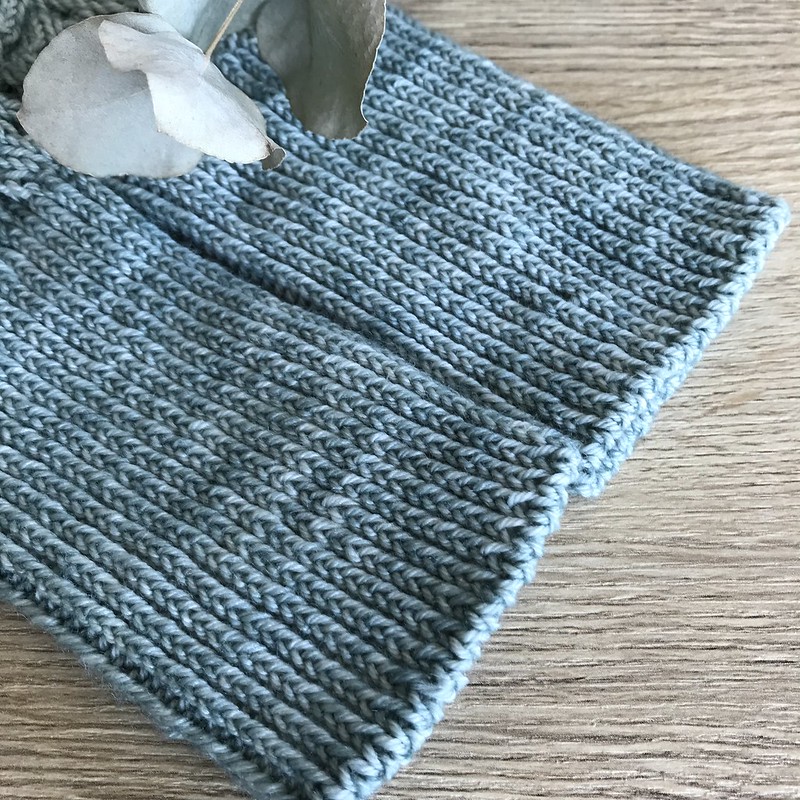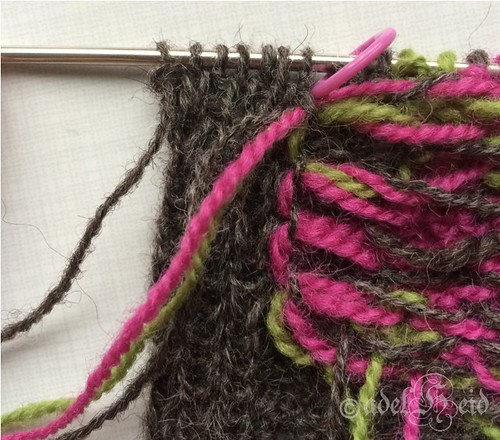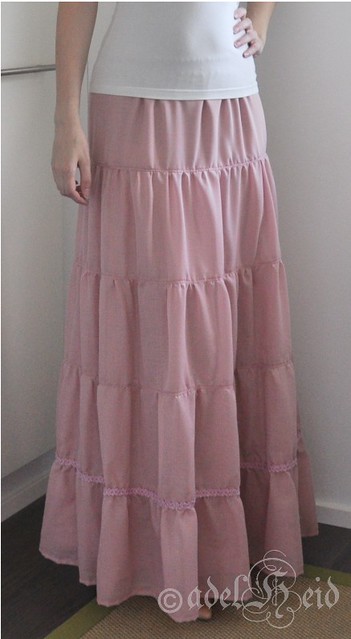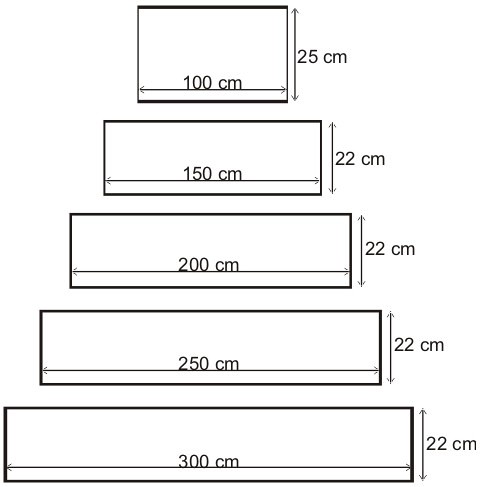Olen
hakaneula-addikti. Neulominen ja neulesuunnittelu ilman Walter Huntin keksintöä
voisi olla hermoja raastavaa… koska käytän niitä lähes kaikkeen mihin tarvitaan
laskemista:
I’m a safety pin addict. Knitting and knit designing
without Walter Hunts invention could be nerve-wracking… ‘cause I use them to
almost anything that includes counting:
Kerrokset on
niin paljon helpompi ynnätä yhteen, kun merkkaa hakaneuloilla esim. kymmenen
kerroksen välein -> hakaneulojen määrä x 10:
Rows are so much easier to add up, if you mark every
10th row -> the amount of safety pins x 10:
Tai kun
merkkaa lisäykset tai kavennukset, niin hakaneuloista saa nopeasti laskettua
montako on jo tehtynä ja montako vielä uupuu:
Or when you mark increases and decreases, you can
quickly add up how many is done and how many still left:
Päänteiden
lyhennetyissä kerroksissa saa merkattua montako kertaa on jo neulonut ohjeen toiston:
To the short rows on the neckline, you can mark-up how
many times you have already knitted the repeat in the pattern:
... ja tätä
käytän myös ohjeiden kirjoituksessa; lasken työstä montako kertaa olen jonkin
asian tehnyt ja saan kirjoitettua suoraan oikean luvun ohjeeseen.
... and I use this also in pattern writing; I count from
the piece how many times I’ve done certain things and can directly write down
the right amount to the pattern.
Hakaneulalla
saa myös merkattua kätevästi kaavion raportin alkamis- tai päättymiskohdan,
kappaleen keskikohdan tai keskimmäisen silmukan. Ne toimivat myös sovittaessa
erittäin näppärinä väliaikaisina nappeina.
Ennen kuin
löysin silmukkamerkit, merkitsin hakaneuloilla myös esim. suljetuissa neuleissa
”saumojen” paikat ja kerroksen alkamiskohdan.
Värikkäät
hakaneulat ovat oiva apu eri asioiden merkkaamiselle: kerrokset hopealla,
lisäykset kullalla jne.
Siinäpä ihan
muutama syy miksi suurin osa mun neuletöistä on aina täynnä hakaneuloja. Ja
minkä takia hakaneulakokoelma on suht kattava :)
Safety pins are also handy for marking the start and end
points of chart repeats and marking the center of a piece. When fitting, safety
pins are also nifty temporary buttons.
Before I discovered stitch markers, I used safety pins
also for marking “seams” when knitted in the round as well as the starting
point of a row.
Colorful safety pins are excellent help for marking
different things: silver for rows, gold for increases etc.
So there’s a few reasons why most of my knits are full
of safety pins and why my safety pin collections is quite comprehensive :)
